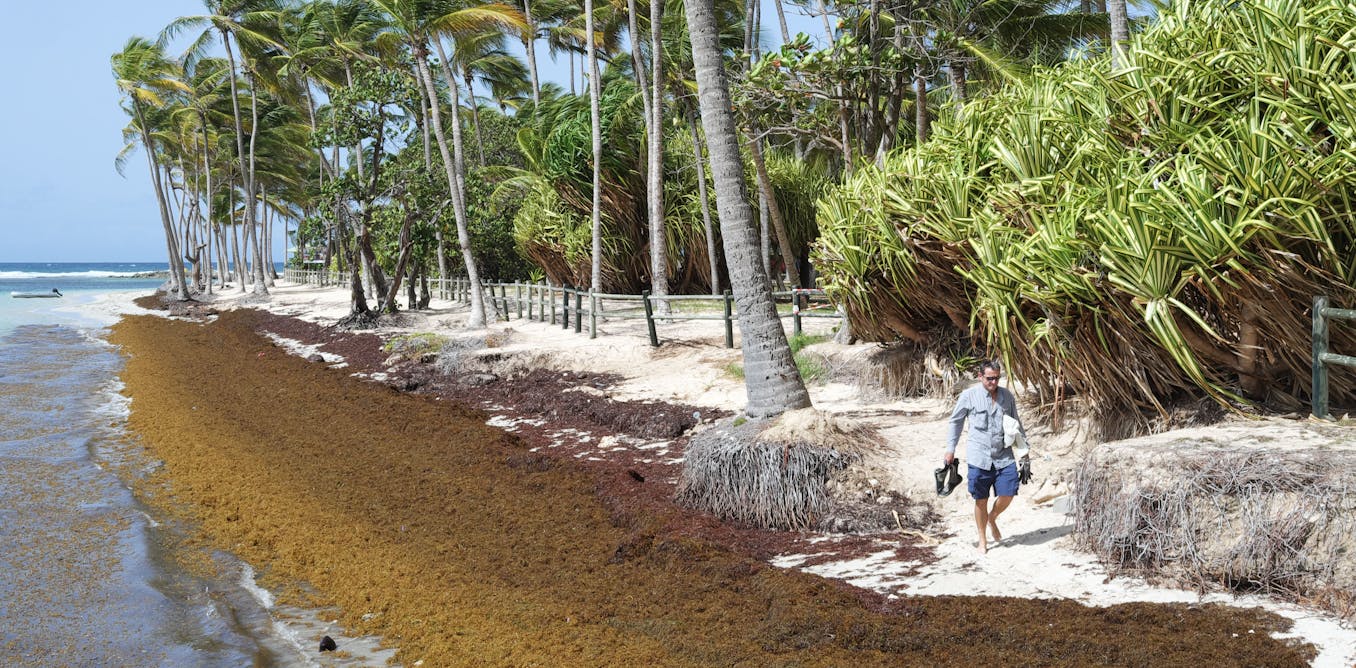Tiny airborne particles within air pollution could be a silent killer – new study uncovers hidden risks and reveals who’s most at risk in New York state
Ultrafine particles are approximately one-thousandth the width of a human hair. But because of their tiny size, they are easily inhaled – and typically more dangerous than larger particles.
Oct. 24, 2024 • ~6 min







